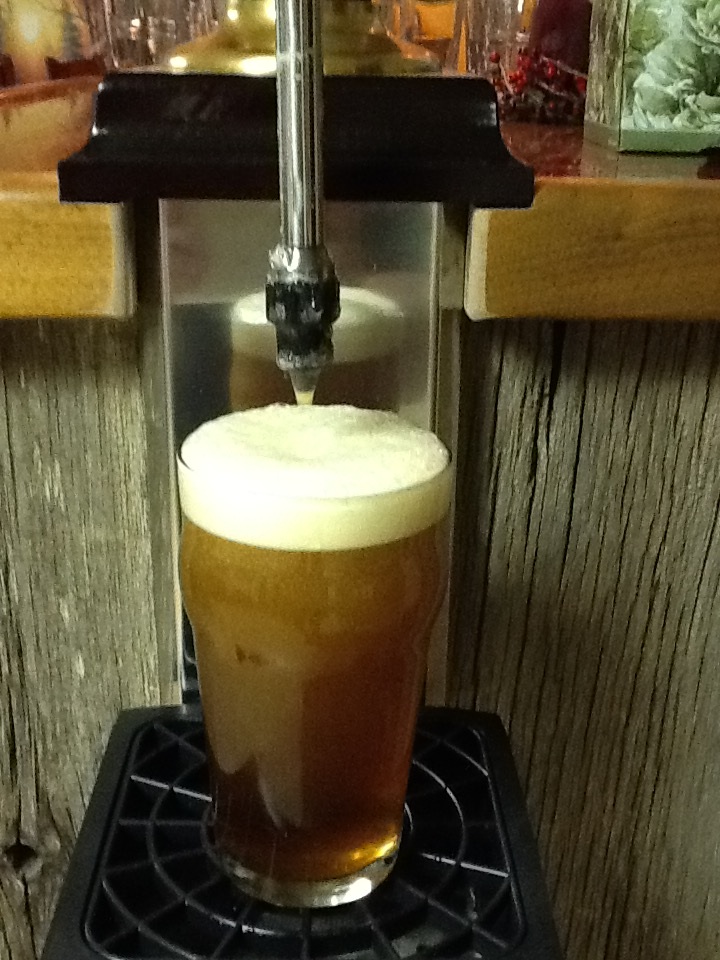I have a few favorite recipes, these are all 3 gallon batches, I brew on the stove and boils are gentle to middle, nothing violent like when using a large outside gas burner. I use mostly Crisp Maris Otter for the base but use mostly Briess for the other malts due to easy availability.
Awesome, thanks for sharing. I'll have to give the dark mild a go. I also do 3 gallon stovetop batches. Interesting you only lose 0.4 gallons with the gentle boil. I typically start with 4, losing 1 gallon to the evil spirits. I'll have to turn it down next time.






















![Craft A Brew - Safale S-04 Dry Yeast - Fermentis - English Ale Dry Yeast - For English and American Ales and Hard Apple Ciders - Ingredients for Home Brewing - Beer Making Supplies - [1 Pack]](https://m.media-amazon.com/images/I/41fVGNh6JfL._SL500_.jpg)






































